The series of This is early level Digital and Spotlight CLPL sessions will be delivered for the final time in April and May. If you missed out on the previous webinars, there is still time to sign up.
The webinars are suitable for practitioners working with children at early level across a range of ELC settings and schools. A Glow log in is NOT required to sign up or join the online sessions.
Please click on the hyperlinks below for session information and sign up details.
APRIL 2024
Tuesday 16th April 4pm This is early level Digital: CRIS 3 part course. SESSION 1
Thursday 18th April 4pm This is early level Digital: Spotlight on Practitioner Collaboration.
Tuesday 23rd April 4pm This is early level Digital: Spotlight on Transition
Tuesday 30th April 4pm This is early level Digital: CRIS 3 part course. SESSION 2
MAY 2024
Tuesday 14th May 4pm This is early level Digital: CRIS 3 part course. SESSION 3
Tuesday 21st May 4pm This is early level Digital: Spotlight on Outdoor Play
Tuesday 28th May 10am This is early level Digital: Spotlight on Making Data Visible
Sign up coming soon:
Monday 13th May 4pm – The New Digital ELC Setting Award
Thursday 16th May 10am – The New Digital ELC Setting Award
Friday 17th May 12.30pm – The New Digital ELC Setting Award



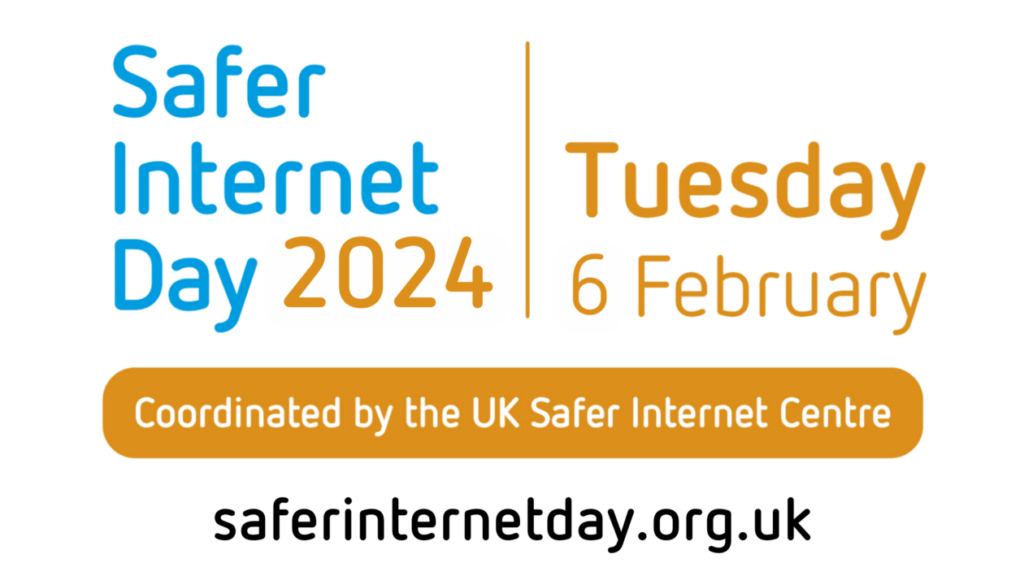
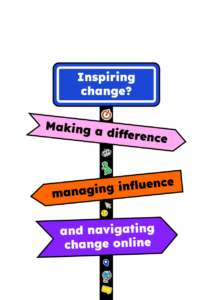


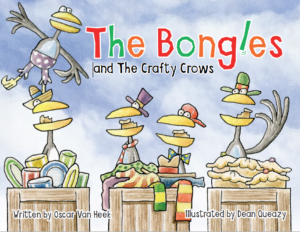





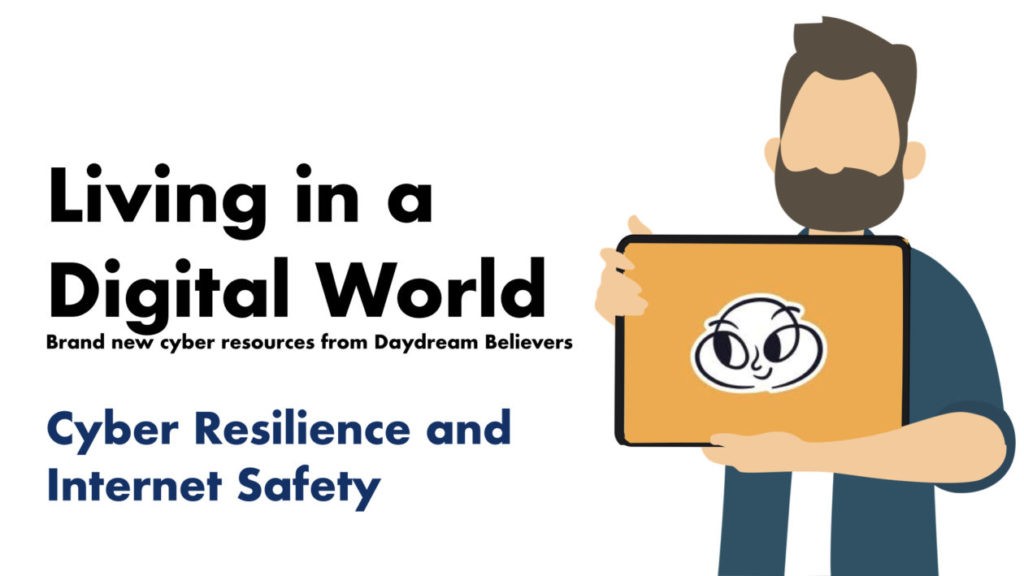

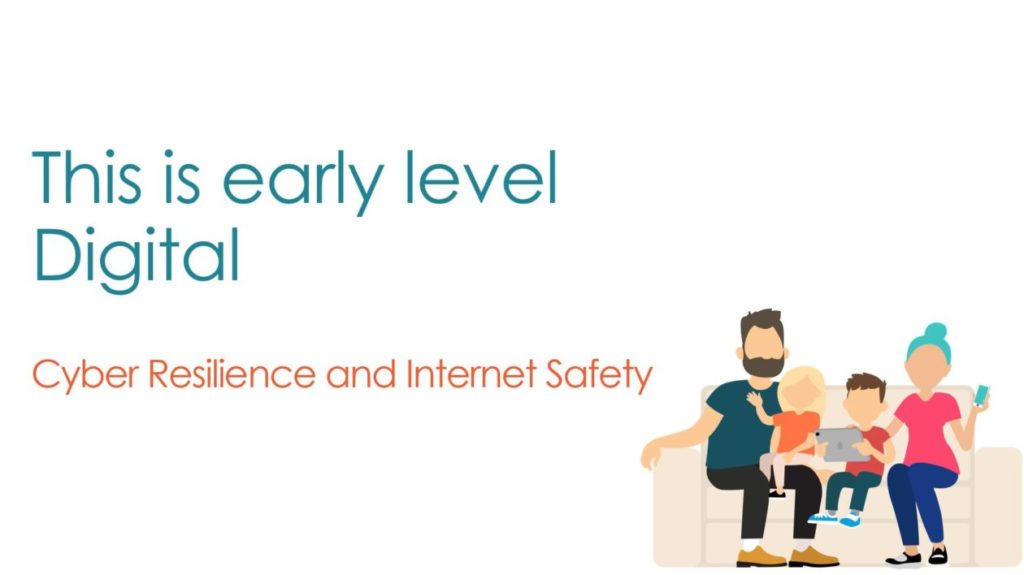
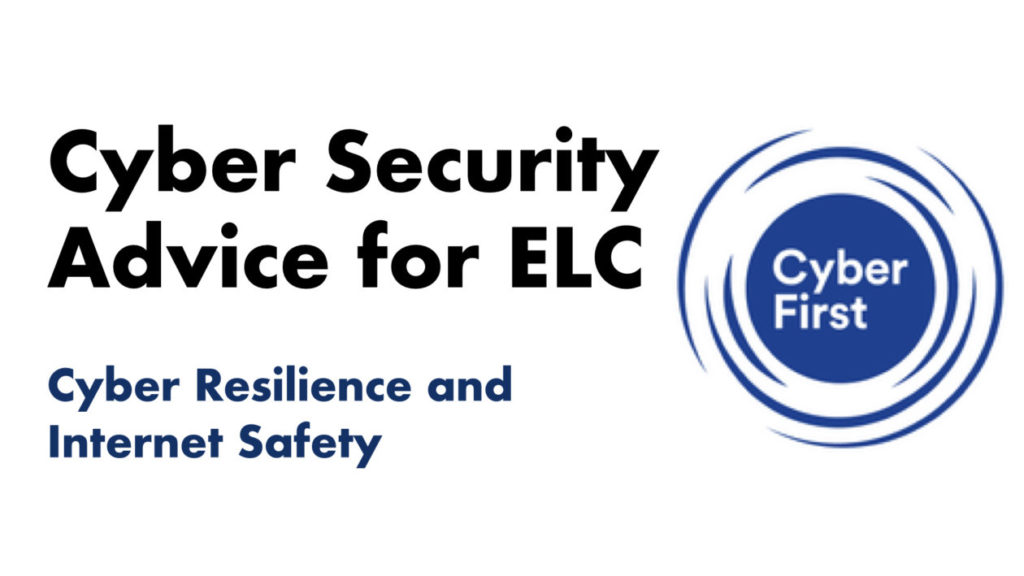


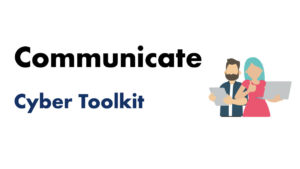




You must be logged in to post a comment.